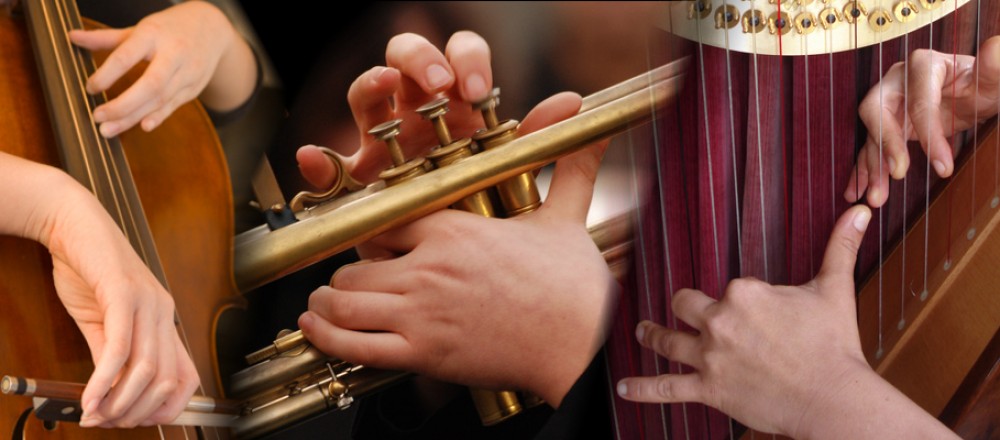Mind, Body and Breath
Posted: June 7, 2017 | Breathing, Wellness 0


Science is beginning to provide evidence of the benefits of controlled deep breathing – something the yogis have known and used for centuries. You don’t have to look far to find all kinds of studies into the efficacy of using breathing to have a positive effect on physical wellbeing and even more serious health complications, too – like reducing stress, increasing alertness, boosting your immune system, decreasing anxiety and lowering blood pressure.
Cultivating a breathing practice can be a key component in improving the mental clarity needed during a musical (or any) performance and harnessing the many symptoms of performance anxiety. Under stress, our bodies often resort to shallow breathing. With the amount of juggling and its ensuing stress most musicians face in their daily life, that shallow breathing becomes our normal breath – even for singers and wind players. The problem with shallow, rapid breathing is that it activates our sympathetic response, which is involved in releasing cortisol and other stress hormones – exactly what we are trying to avoid! On the other hand, controlled deep breathing helps trigger our relaxation response as it activates the parasympathetic nervous system, which in turn slows down heart rate and digestion while promoting a state of calm. The more we practice deep controlled breathing, the more quickly the body can respond to and recover from stressors.
Try an experiment – breathe normally and on one of your exhales pause…and then exhale more, squeezing your core muscles. With a consistent fuller exhale, this space could be filled with new, clean oxygenated air, balancing the exchange of oxygen and carbon dioxide! Now, lengthen your inhale, feeling the rib cage expanding in all directions. You might find your “breathing muscles” have been underutilized for days, weeks or months and practice is needed to lengthen, deepen and balance both your inhalation and exhalation. We are not learning a “new” way of breathing, we are simply reminding the body how it really wants to breathe. And while you’re at it, you may be helping alleviate neck or shoulder pain you may have. Those shallow, rapid breaths are using the muscles of the upper back, not intended for breathing. Utilize more of your core more in your breathing and give those shoulders a break!
Neema Moraveji, Ph.D. states: “Interestingly, breathing is the only physiological metric humans can directly control, giving it a uniquely bi-directional relationship with our state of mind. That is, it reflects our state of mind and we have conscious, immediate control over it to influence our state of mind.” It is important for us to realize that results tend to happen over a long period of time and like everything else, it takes time, patience and commitment for breathing to have a healing effect. Fear not – we do have tech support to keep us on track! Our wearables – Fitbits and Apple watches, among others – can be programmed to make help make our commitment to better breathing a reality.
Inhale. Exhale. Repeat. The kinship between the words spirit and respiration is clear – “spiritus” in Latin denotes man’s spirit, deriving from “spirare”, to breathe. In the words of T.V.K. Desikachar: “The quality of our breath expresses our inner feelings”. What does your breathing say about you?


